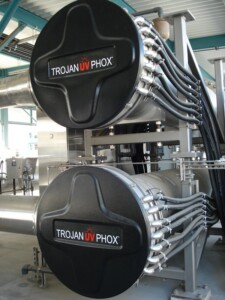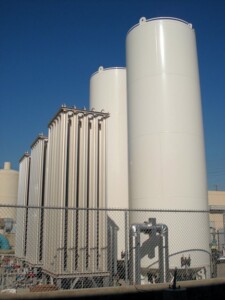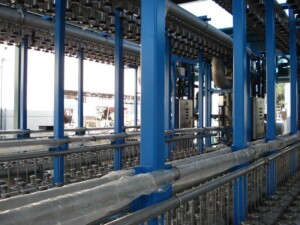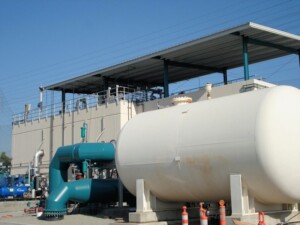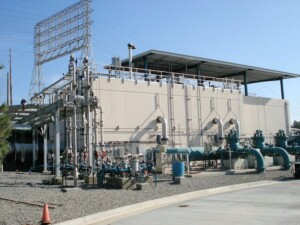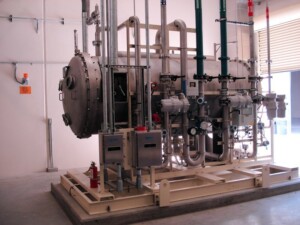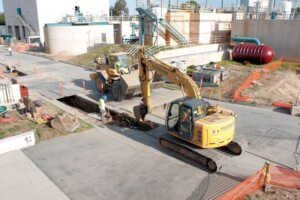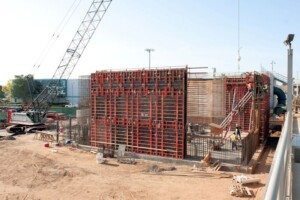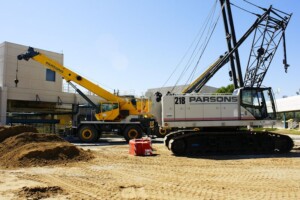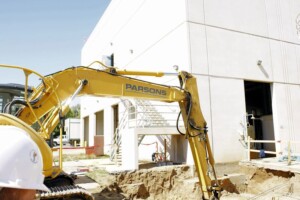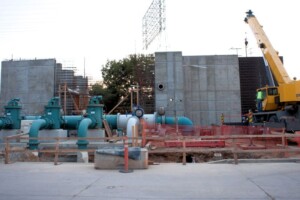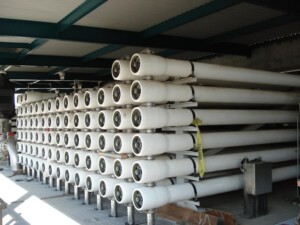Challenge
The West Basin Municipal Water District’s (West Basin) Edward C. Little Water Recycling Facility (ECLWRF) produces an ultra-high quality of recycled water for groundwater replenishment, seawater-intrusion barrier, and various industrial uses. The plant also generates Title 22 recycled water for irrigation and other general reuse purposes. To maintain its ongoing quality and demands, the District embarked on a Phase V expansion of the facility, an innovative first-of-its-kind collaborative ozone pretreatment process.
Approach
As the District’s engineer-of-record, Parsons was selected as a fixed-price design-build firm, performing the design work as well as self-performing the construction for Phase V expansion of the existing facility. A historically and technologically significant project, the facility was the first full-scale application of ozone for microfiltration (MF) pretreatment in the United States. A key benefit of this application is increased reliability and operability. Prior to the Phase V expansion project, the membrane systems at the plant experienced rapid and severe fouling due to organic foulants in the non-nitrified secondary effluent water supply.
The ozone pretreatment breaks down the organic foulants to pass through the MF system, which reduces the fouling rate and, through periodic cleaning, increases the operational period between cleanings and the reliability of water supply and reduces operations and maintenance (O&M) costs for the
MF system.
Because southwest Los Angeles County borders the ocean, seawater can seep into the aquifers and mix with groundwater. A seawater-intrusion barrier was constructed to protect the aquifers. As phases of the ECLWRF were completed, the amount of water imported for injection dropped. At the completion of the Phase IV expansion, the facility was able to supply 75% of the fresh water injected into the aquifer.
The Phase V work consisted of adding a 30-million-gallons per-day (mgd) ozonation process for MF pretreatment and expanding existing advanced treatment processes consisting of MF, reverse osmosis (RO), and ultraviolet systems by a total of 5 mgd.
Results
The design accommodated an accelerated construction schedule and involved parallel design and construction work. Due to West Basin’s commitment to continue delivering water to its industrial customers, the plant was fully operational for the duration of project construction with severe constraints on shutdowns for connections to existing facilities. The completion of Phase V further decreased reliance on imported water by increasing the ECLWRF’s design capacity from 46.8 mgd to 62.3 mgd, effectively increasing the fresh-water supply for the intrusion barrier to 100%. This locally produced recycled water is more reliable than imported water, which is subject to drought, regulation, and changes in weather patterns.

